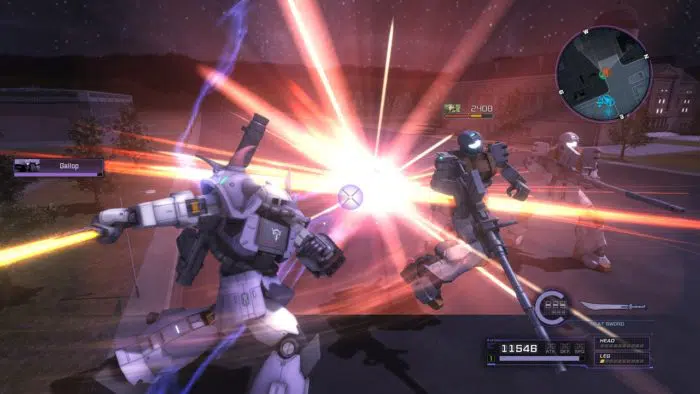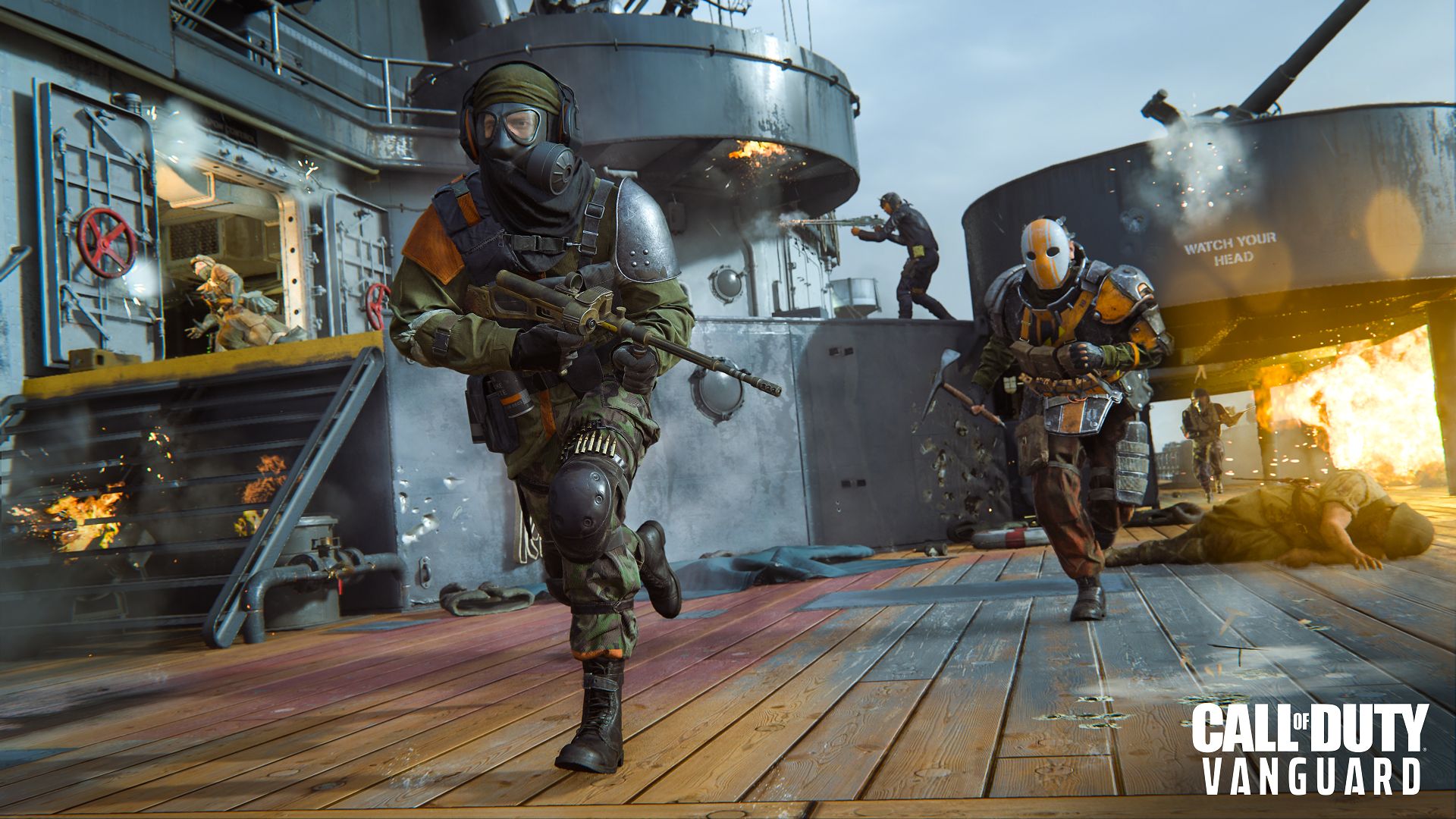
Mobile Suit Gundam: Battle Operation Code Fairy Review
The Gundam franchise is a gigantic saga. As such, certain elements get lost in the game adaptations. While it’s easy to reproduce the thrill of Gundam blasting each other to bits, we rarely see a focus on story. Mobile Suit Gundam Battle Operation Code Fairy tries to rectify this, telling a personal tale of a single Zeon squad. All of the pieces are in place, but the narrative doesn’t quite land a killer blow. Thankfully, the action picks up the slack, but it shouldn’t have to work so hard. But even if I’m not wowed by the story, I’m pretty impressed at the effort they’ve made.
Bandai Namco is taking a somewhat novel approach with Code Fairy. This game blurs the lines between anime and adaptation. You’re engaged in pitched Gundam battles, but they’re wrapped in previews, opening credits, episode titles, and theme music. Furthermore, Code Fairy is releasing in three parts over the next month. Volume 1 contains the first six episodes, with the total count coming to 15. It’s a fascinating delivery mechanism, but the story isn’t strong enough. There’s a lot of it, but the delivery ends up feeling uneven and clunky. We’re eight months into a devastating conflict. The casualties are measured in percentages of the total human population. The setting: a quaint little dormitory housing Zeon’s first all-female ops team. It’s a masterful exercise in audience whiplash.
High Stakes, Light Fare
While I’m not sold on the story, I’m more invested in the setting and it’s foundations. We’re near the beginning of the franchise timeline, and the protagonist is marked by her personality, as opposed to her Gundam. The three pilots are operating stock standard units, at least in the beginning. Rather than a typical plot hinged on a special mech, we’re treated to a more personal tale. These girls are merely soldiers, doing their level best to survive a series of dangerous encounters. Although the plot is mostly light trauma bonding, the separate components are all rock solid. The stakes are actually quite desperate, but you don’t grasp this without some knowledge of the setting. At least in the older seasons of the show, Zeon is the antagonist. These girls are doomed, broadly speaking.

Since everyone is running standard Gundam in battle, victory comes down to pilot skill and strategy. I appreciate the need for actual strategy, but I wish there was more of a planning element. You get access to a bunch of menus for customization before every battle, and all of it feels superfluous. So long as you remember the extensive training details, you’ll come out fine. Unless you take a full volley of rockets around a blind corner. Then you’re dead. But every failure is also a learning opportunity, right? In which case, I did a lot of learning by episode three. You’re stuck with a single Gundam to fight with unless you dive into the simulations. Here you’ve got access to a more varied strategy, but with slightly lower stakes. Even if it’s all theater, I appreciated the chance to change things up.
Tune In Next Week
Code Fairy’s story is told through static conversations, in-engine cutscenes, and animated snippets. The anime bits look better as still frames than in motion, but they work well. Specifically, the multitude of styles means that the narrative never drags too severely. It’s unfortunate that the story feels so inconsequential, but at least you’re never stuck with an endless stream of talking heads. I want to like these characters more, but it always feels like we’re catching the bits in between the actual narrative. For a game with a strong story focus, it still feels like we’re rushing through the highlights. Perhaps the action is meant to comprise the bulk of the narrative. If so, why the curious story structure? Why the episode breaks? Why the staggered release? It’s a strange decision to make a story-focused game with a safe, digestible plot, something you can safely ignore in favor of the action.
To be fair, this is only Volume 1. It’s entirely possible that things will ramp right up in the next two installments. Yet my suspicions lead me elsewhere. Maybe I’m being overly critical of the narrative, but it feels so strange. It’s like shining a spotlight on center stage, only to light up a stage hand tying a curtain down. If you’re a fan of the Gundam franchise, you’ll experience this game differently. The ambient weight of the setting provides essential context. We’re watching the antagonists as they struggle with impending defeat. Every glimpse of the flagship Gundam across enemy lines spins up genuine dread. Yet even this power is used too sparingly. The Gundam franchise is a massive, sweeping saga whose greatest battles are also remarkably intimate. Colossal wars are distilled into two machines engaging in physical and ideological struggles. So far, this is markedly absent from Code Fairy. Hopefully, the next two volumes find more solid narrative footing.
***A PS5 code was provided by the publisher***
The post Mobile Suit Gundam: Battle Operation Code Fairy Review – Behind Enemy Lines appeared first on COGconnected.




